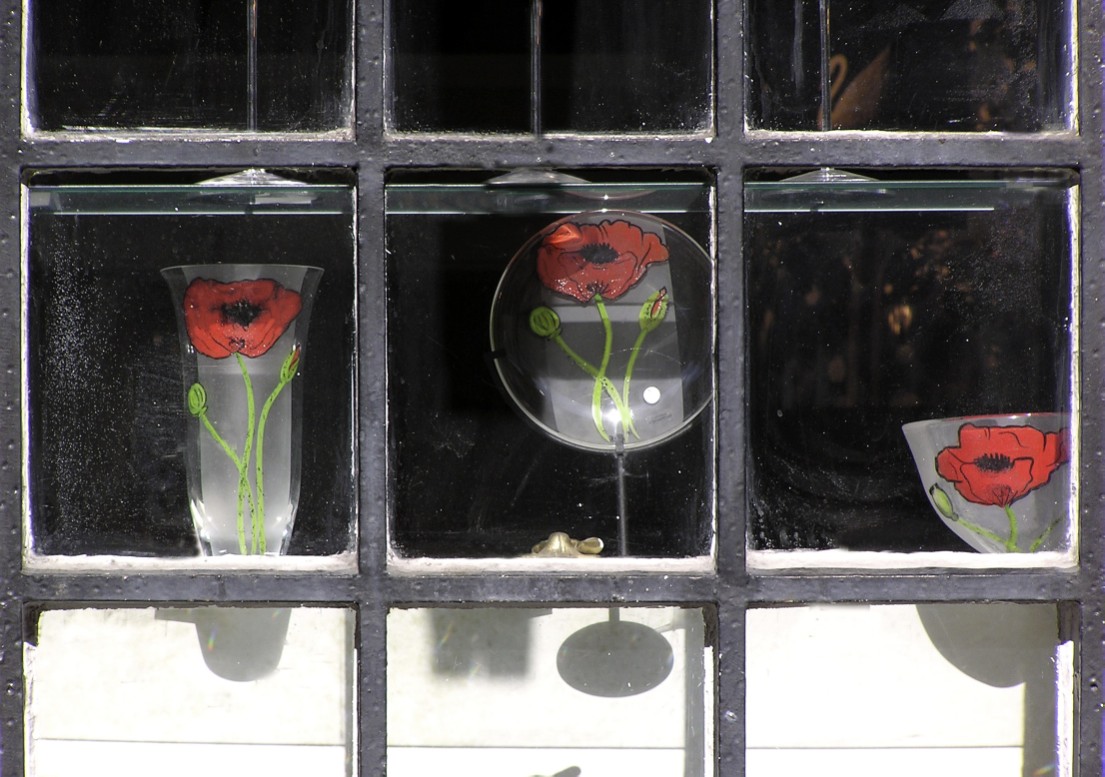
Settings and Openness
The behavior that is engaged in working fiction is dictated primarily by the setting. Personality, according to many traditional behaviorists, involves intrinsic, stimulus-independent variables—personality is something that remains constant and intact (despite changes in time, place and environmental conditions). From this strictly behavioral perspective, personality variables have minimal predictive value. In statistical terms, distinctive “personality” traits are nothing more than “error” variance (the “slop” in the system) While, according to attribution theory, we typically believe that we are acting as we do because of our own free will and in line with our personal intentions, many behavioral researchers point out (to our collective dismay) that our public self tends to be strongly influenced by the setting in which we find ourselves—and our working fictions are primarily dictated by these settings.
However, we are not totally the victim of circumstances and settings. Working fictions can provide us with short moments of sanctuary—when and where (in a trusting relationship) we can try out new behaviors and test out new concepts (that lie outside the realm of dominant social constructions in our setting or society). These short-term sanctuaries and small challenges keep the day interesting. They represent short-term examples of what Csikszentmihalyi calls the “flow” experience. Humor, a bit of over-dramatization (e.g. a gracious bow or salute), or a slight variant in the usual ritual (a woman opening the door for the man, a child pretending to be an adult by speaking in a deep, stern voice) help to keep us alive and interested in the people with whom we interact.
There is a further point to be made. Many of these small, incremental changes can eventually lead to changes in the formal rituals and eventually to changes in our social constructions of reality. We see many instances in our daily life of these gradual (but profound) shifts in presentational self-rituals. A handshake is no longer a test to see if the other person holds a weapon in his hand. It is now a sign of friendship or the start of a relationship. Our opening statement (“How are you?”) no longer really concerns physical health (very important in earlier times when infections readily spread), it now simply means “I am ready to interact with you.” An interpersonal haystack (big change) results from the accumulation of many pieces of interpersonal straw (many small changes).






